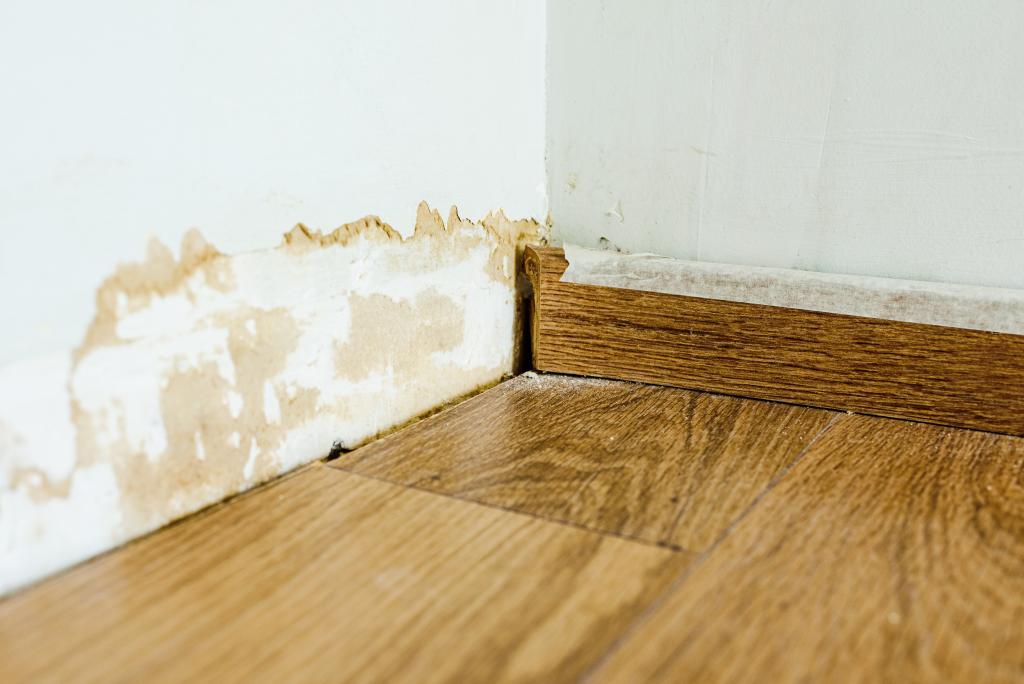Invention Reference Number

Retrofitting buildings is a key element of the nation’s energy efficiency goals. Detecting moisture inside a building envelope is critical to ensure retrofits do not enclose mold, mildew or rotten material. The ability to detect moisture before retrofitting is essential to identify and correct areas that are high in moisture. Current technologies are invasive and destructive and require contact with the material to get to the wood inside the sheathing. This technology utilizes microwave radar to see inside the building envelope and probe key materials to determine the amount of moisture present, with no destructive or intrusive means.
Description
Current methods to detect moisture inside buildings are expensive and time-consuming and damage the building infrastructure. Punching holes through the envelope to measure moisture behind it requires time and labor, to measure and to repair. Infrared technology can provide some information, but frequently results in false readings and does not provide quantitative moisture content of the material. Ground penetrating radar can also be used to measure moisture, but only for the outer layer of a wall. This new moisture detection method uses a custom microwave radar system with off-the-shelf electronic equipment that can probe inside the wall to measure the moisture content of critical layers. The radar is like that used for cruise control in vehicles. A specific microwave frequency range is used to provide a radar return signal that can be processed to determine a quantitative moisture content of the inner sheathing layer of the wall. The moisture content of the sheathing is typically used as a test to determine if the wall has risk of moisture related damage. This measurement can help determine if repairs are needed before starting an expensive retrofit. This can also be used to detect water leaks, and where in the walls flooding may have left moisture. This technology allows the whole building envelope to be scanned with non-destructive means and provides quantitative material moisture content. That is necessary to assess the risk of mold or rot inside the walls.
Applications and Industries
- Building retrofit industry
- Water remediation industry
- Plumbing industry
- Construction
- Energy evaluation and audits
Benefits
- Nondestructive, nonintrusive way to see inside walls to measure moisture content
- More efficient, less time-consuming way to determine moisture content
- Increases durability and longevity of buildings
- Provides accurate moisture readings
Contact
To learn more about this technology, email partnerships@ornl.gov or call 865-574-1051.


